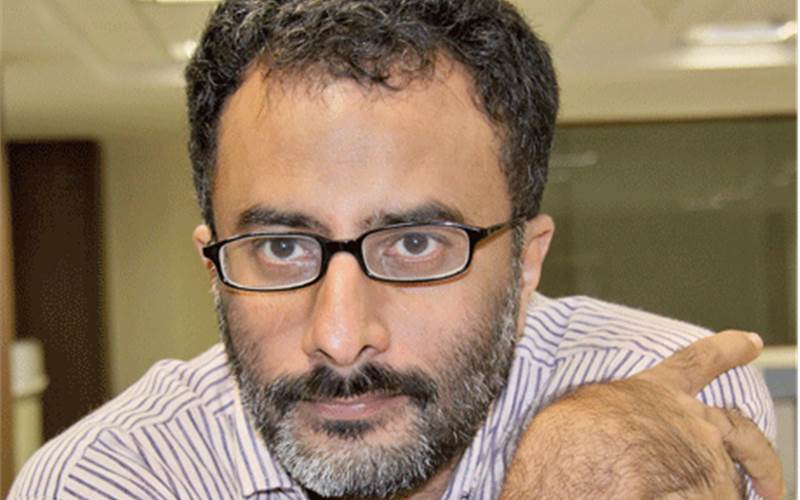The Indian shop-floor needs a shake-up if we need to be competitive
Last year, around this time, in spite of the buzz of Drupa, print’s economy was inpropitious. Politically the country was riven with insecurity, as it is now. The spectre of scams was looming large, it’s ripples continue even today. Economically, Indian was on the brink of being downgraded by the credit-ratings; and even optimists predicted only slight improvements. Meanwhile the kind of stories we kept hearing about the number of commercial print firms slipping off the radar added t
29 Mar 2013 | By Ramu Ramanathan
The general sentiment is, print in India has very little room to manoeuvre.
The print industry’s problems are far from simple. Turmoil in eurozone has affected exports. The book sector, for one, is still dysfunctional and is ensuring Indian book print firms take fewer risks. Meanwhile the rise (and slower rise) of China is causing a radical re-think of where India stands.
That is not to say, nothing good is happening. Top of the list is the expansions: since the past few months, we are seeing quiet investments in new units, new press, new technology adoption. A lot of print firms we have been speaking to, talked about investment plans, but only half of those projects have a go-ahead .
There have been no attempts by the Government to boost the print segment in India. No budgets announcements that turbo-charged the segment. Why not?
Snapshot of Indian print industry
Perhaps a quick look at the numbers could be indicative of the government apathy.
Today, the print worth of India is expected to grow from $21,63 bn in 2012 to $27,16 bn in 2016 at a CAGR of 5.9%. For the same period, China sees a shift from $99,24 bn in 2012 to $134,055 in 2016 at a CAGR of 7.8.
According to PIRA’s latest report, “The print market in India in 2011 is valued at $20.4 billion, the equivalent of 1.622 trillion A4 prints. The CAGR between 2008 and 2011 is 4.1% in value terms and we predict continuing growth of 6.0% between 2011 and 2016 in volume when there will be some 2.174 trillion A4 prints.”
The big ticket number is: Growth in print machinery market in India of $89.7 million between 2006 and 2011. PIRA predicts this will rise to a total of $688.8 million by 2016. Our findings indicate, investment in traditional press technology has slowed down to single digit growth, which shall continue. While all digital investment be it, toner-based or inkjet technology has a high double digit growth that averages around 18%.
One thing is clear, a print firm should ensure spends are focused on the economically productive areas. And yes, hardware is crucial. But software is the key. A study by FICCI indicates that only 10% of the SME firms have grown; and one commonality to their rapid growth has been their adoption to IT skills. This may lack the wow-factor of lavish spending or massive open houses but of course the time is to tread carefully; and tweak as we go along the way.
On 21 March, my colleague Noel D’cunha and I visited Real Digital in Croydon near London. Both of us were really excited about what we saw on the shop-floor of the PrintWeek UK Company of the Year in 2012.
The firm was formed in 2005 with 12 persons. They were among the first to do full colour transpromo for direct mailers. Now it’s a two location plant with 130 persons who are on a profit-sharing scheme; and a healthy growth.
This is thanks to an ambitious plan, huge upfront investment in kit, impressive turnaround and solid IT backbone which extends the company’s print scope. This includes, lots of very nifty work on database. At one time, Real Digital was the world's largest Xmpie investment with 10 data processing servers.
Real Digital have a fleet of iGen4s and i Gen3s (a total tally of nine), backed by Xerox monochrome devices. The highpoint is the two:one ratio of post-press to press kit. This range from Stahl folders to Buhrs inserters to Hunkelers for paper finishing.
The interesting investment has been two custom-built Agfa Dotrix web-press (630mm x 1500 mm); fully variable four colour duplex kit.
More importantly, how does India compare? Pretty poorly, I must admit.
We need to be less sclerotic and leave lots of room for innovation. Having a print plan should not be a panacea. For starts, pay more attention to the little tweaks on the shopfloor. I think, our shop-floor needs a shake-up if we need to be competitive.












 See All
See All